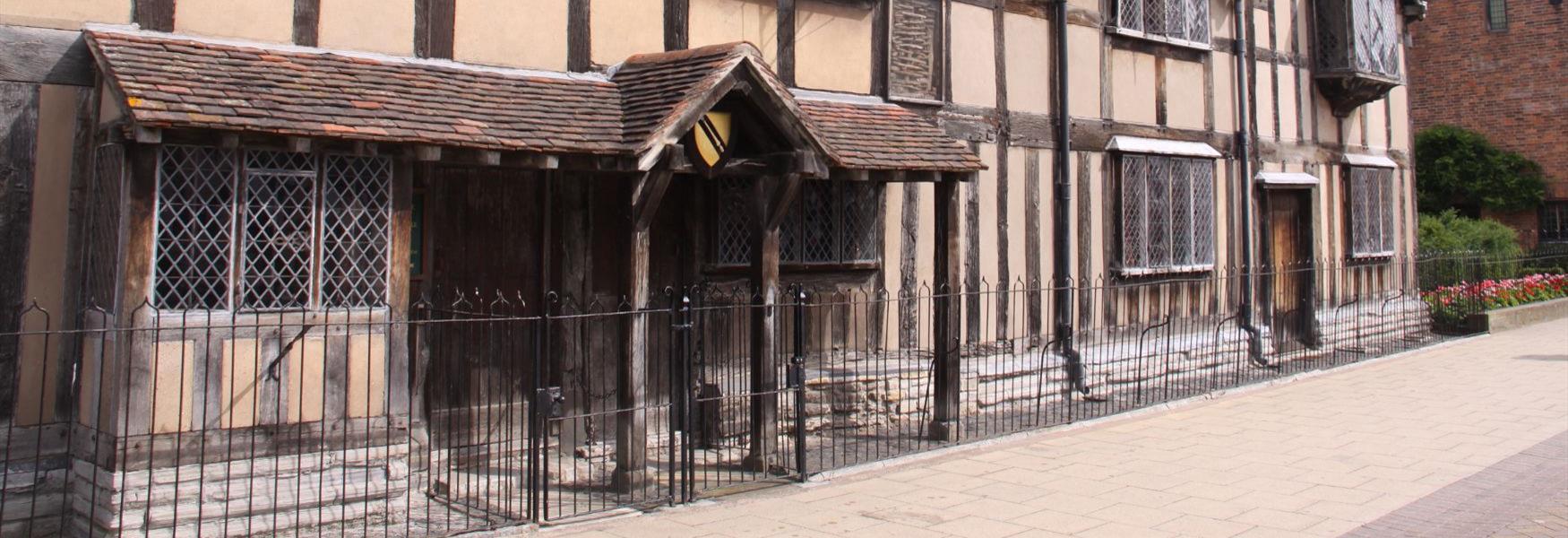To build your own Itinerary, click  to add an item to your Itinerary basket.
to add an item to your Itinerary basket.
Already saved an Itinerary?


Number of results: 161
, currently showing 61 to 80.
Truro
The deep underground mines, engine houses, foundries, new towns, smallholdings, ports and harbours, and their ancillary industries reflect prolific innovation which, in the early 19th century, enabled the region to produce two-thirds of the world’s…
Long Melford
Hall Barn is a self-catering property that sleeps up to 14 guests.
TOTNES
Tucked away in a deep wooded valley Berry Pomeroy Castle is the perfect romantic ruin with a colourful history of intrigue.
Devon
Atmospheric, historic medieval castle originally built 1106 by order of Henry I and later rebuilt down the ages - all ages of architecture from medieval to modern. Interesting displays.
Cambridgeshire
Kimbolton Castle has a rich and fascinating history that has seen it develop from a wooden motte and bailey castle in Norman times, into the building it is today - home to Kimbolton School. The family seat of the Dukes of Manchester from 1615 to…
New Lanark Mills
The New Lanark Mill Hotel was originally an 18th century cotton mill. After years
of painstaking restoration work by New Lanark Trust, the hotel opened for business and pleasure in May 1998, and has quickly developed into a popular choice for a…
Canterbury
Goodnestone Park Gardens is a peaceful and romantic garden with connections to Jane Austen. One of the loveliest gardens in Kent and a haven of beautiful tranquillity, the gardens and the house have been in the FitzWalter family for over 300 years.
Omagh
Guided tours of Barons Court are available by appointment. Situated in a sheltered valley in the foothills of the Sperrin mountains in Ireland’s County Tyrone, Barons Court is the home of the Duke of Abercorn and was built between 1779 and 1782,…
Huntingdon
Hemingford Manor, built circa 1130 and one of the oldest continuously inhabited houses in England, was the home of the author Lucy Boston from 1939 until her death in 1990.
Llanfairfechan
This Arts and Crafts house was built in 1900 by the architect H L North as his family home and contains much of the original furniture and William Morris fabrics.
Hereford
A small Palladian mansion designed by James Wyatt. Park and grounds by Humphrey Repton whose 'Red Book' along with antique china and watercolours are on display.
Knutsford
The finest Palladian house in the northwest, Tabley was designed by John Carr of York for the Leicester family. It houses one of the finest collections of English paintings, including works by Turner, Reynolds, Lawrence and Dobson.
Harlech
Explore the magnificent castle of Edward I at Harlech - which is inscribed on the World Heritage List. One of the most formidable and dominant fortresses in Wales. Panoramic views of Snowdonia and the sea. On site exhibition.
Lechlade
Kelmscott Manor was the iconic country home of William Morris; poet, designer, craftsman, socialist and founding father of the Arts and Crafts movement.
Hovingham Hall is an attractive Palladian family home, designed and built by Thomas Worsley c1760. The childhood home of Katherine Worsley, Duchess of Kent.
Devon
Late Georgian house built by the ancestors of the current owners and set in its own parkland. Family members offer tours on certain days (see www.hemerdonhouse.co.uk for details), and visitors may also explore the grounds on those days.
Knutsford
A fully-furnished, Elizabethan manor-house with Carolean stables. General Patton's 3rd Army HQ for their first 6 months stay in Britain during WW2.
Caerphilly
The four castles of Beaumaris, Conwy, Caernarfon, Harlech and the attendant fortified towns at Conwy and Caernarfon in Gwynedd, North Wales, are the finest examples of late 13th century and early 14th century military architecture in Europe, as…
GLASGOW
From Old Kilpatrick in the west to near Bo’ness in the east, the Antonine Wall was around 37 miles (60km) long when completed in 142 AD. The wall featured ridges, crests and escarpments to create a forbidding boundary and visible barrier at the…
Matlock
The Derwent valley, upstream from Derby on the southern edge of the Pennines, contains a series of 18th and 19th century cotton mills and an industrial landscape of high historical and technological significance.